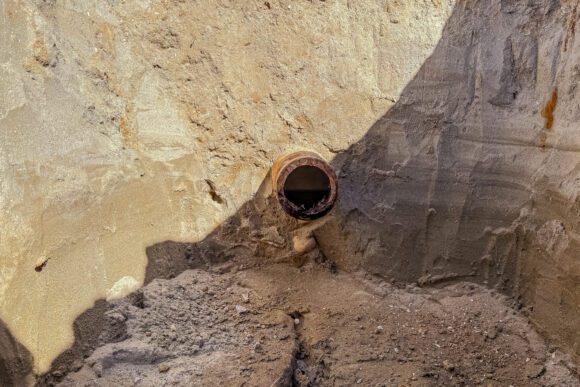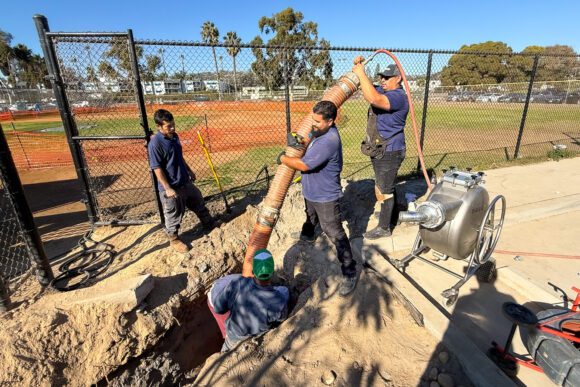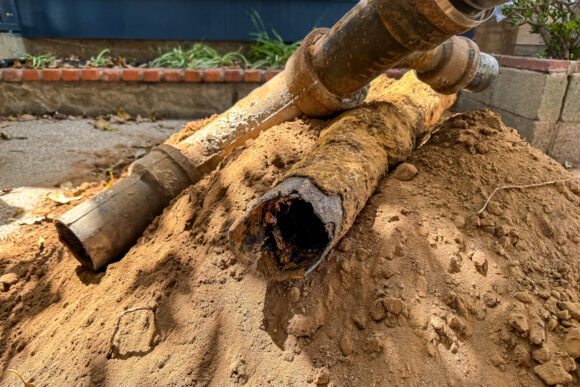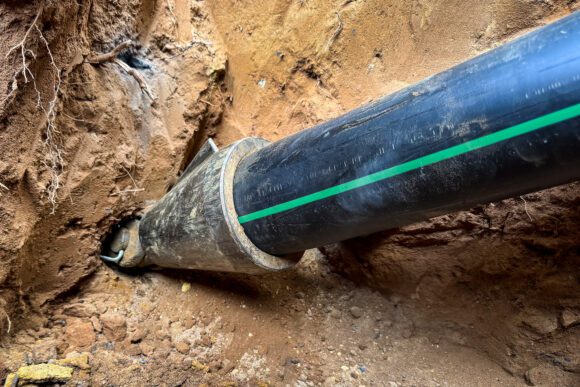Trenchless repair or replacement is a modern, minimally invasive method for fixing damaged sewer lines. The right solution depends on the condition of your existing pipe.
Trenchless repair is ideal for pipes that are structurally intact but have cracks, corrosion, or minor damage. Two common methods include:
- CIPP (Cured-In-Place Pipe) Lining: A flexible, resin-saturated liner is inserted into the existing pipe, then inflated and cured using heat or UV light. Once hardened, the liner forms a new, seamless pipe within the old one.
- Epoxy Pipe Lining: A thin layer of epoxy resin is sprayed or brushed inside a cleaned pipe. After curing, the resin seals small cracks and prevents future corrosion, making this method especially suitable for residential sewer lines.

Trenchless replacement is recommended when the pipe is collapsed, severely deteriorated, or undersized. The most common technique is:
- Pipe Bursting: A bursting head is pulled through the existing pipe, breaking it apart while simultaneously pulling a new high-density polyethylene (HDPE) pipe into place.
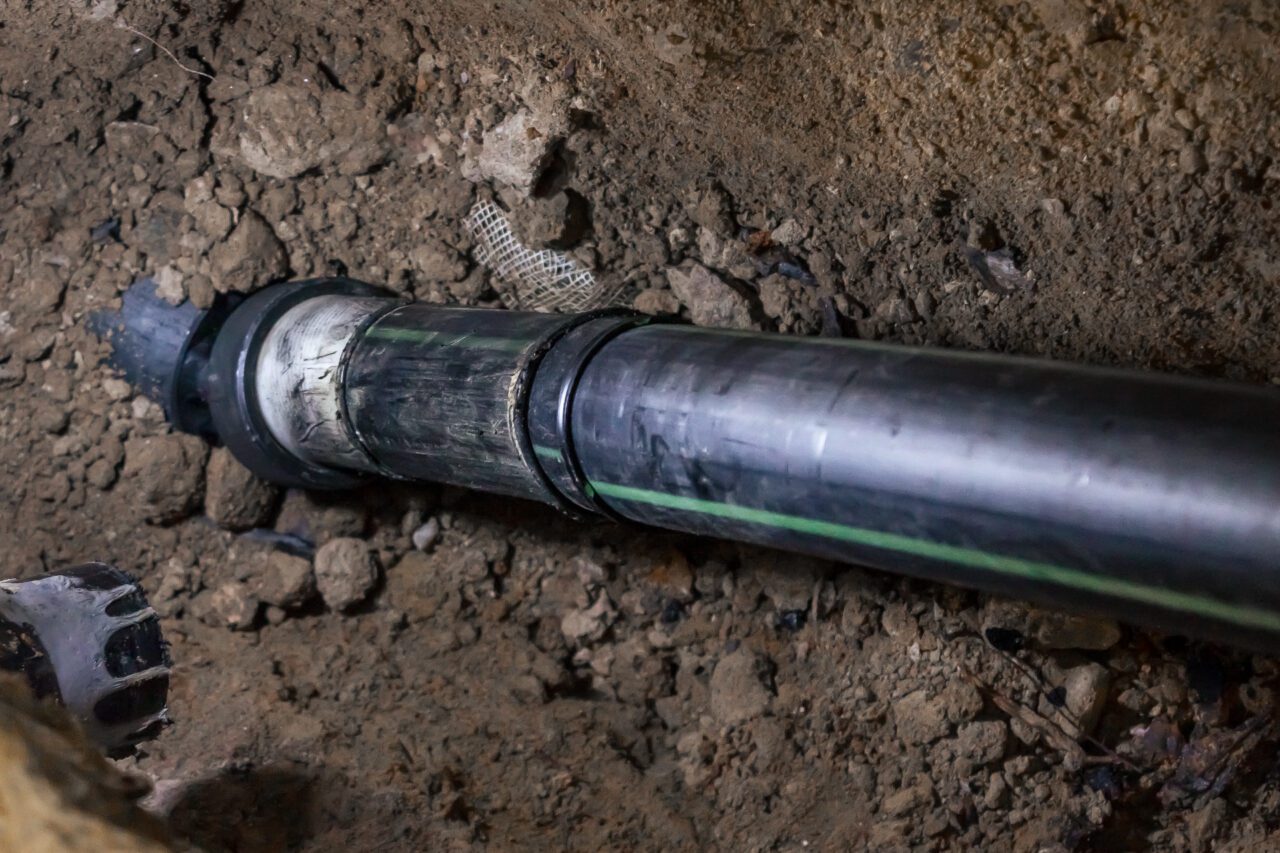
A professional sewer camera inspection is the best way to determine whether trenchless repair or full replacement is right for your home’s sewer and drain system.
Soon, most homes built before 1970 will face the same reality: their sewer lines will need to be replaced—either through excavation or pipe bursting. In many cases, trenchless repair using pipe lining will no longer be an option.
Vlad Khorenko, CEO Almco Plumbing

